Jasmine Birtles
Your money-making expert. Financial journalist, TV and radio personality.

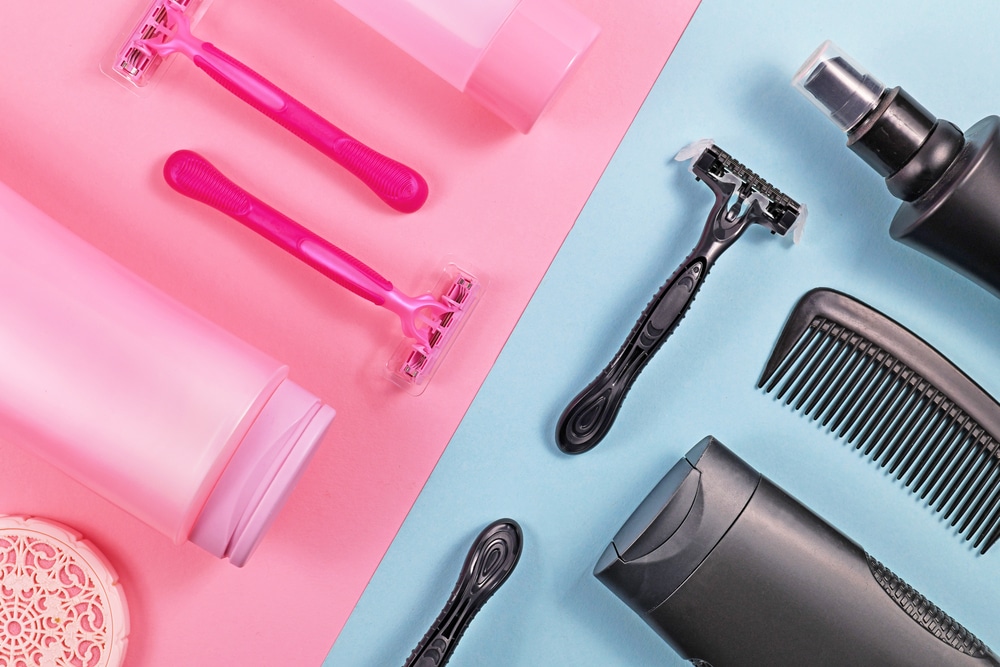
Recently, we realised there is still a way to go to reach gender equality in certain aspects of life. Namely, the ‘pink tax’ – which still exists, and results in women paying more for both everyday items and larger purchases.
What exactly is the pink tax? The pink tax is the extra cost placed on items targeted towards female consumers. Most often, the only difference is the colour – men’s items may be blue, whilst women’s are pink – hence the term pink tax.
This is not necessarily because women are buying anything different than their male counterparts, but because female-targeted products are often more expensive than alternatives marketed to men.
Here, we discuss the items and commodities women still pay more for in their daily lives due to the pink tax, and how all of us, no matter what colour toiletries we use, can take steps to initiate change.
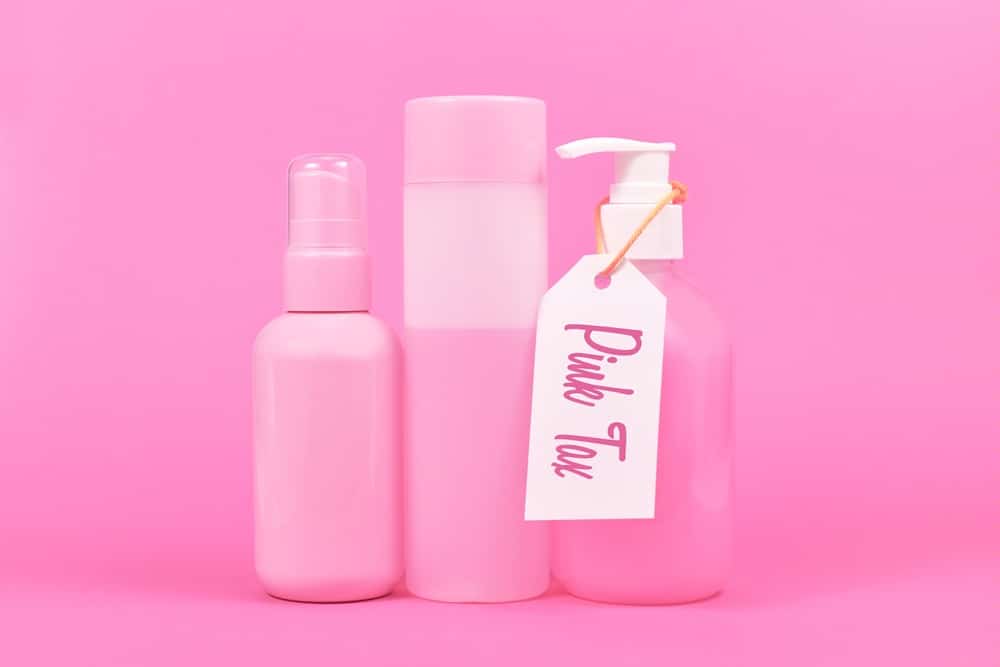
Women are still paying up to 34% more than men for their toiletries. The likes of shower gel, shampoo, conditioner and facial and body moisturisers are just some of these items which cost more for women than men.
Tax refund specialists RIFT compared the prices of over 600 toiletry products across six of the UK’s major retailers. These retailers are Asda, Tesco, Sainsbury’s, Morrisons, Boots and Superdrug. The results of this study showed a disparity in the prices of identical toiletry products. Shockingly, they found that women are charged inflated prices, simply because of their gender.
Many of these items, including deodorant are everyday essentials – so why are women paying more (at £2.08) than the men’s alternative (£1.91)?
The RIFT study showed a big difference in one particular item – facial moisturiser. A 50ml tub of women’s facial moisturiser cost £10.77, whereas the male equivalent cost £8.02. A few pounds may not seem much, but this is actually a difference of 34.28% in price.
Similarly, a four-pack of women’s razors cost £3.38, whilst the male equivalent cost £3.18 – a 6.25% difference.
Now it may only seem like a few pennies here and there. But these pennies add up. Over a year, over a lifetime, these costs are extortionate when compared.
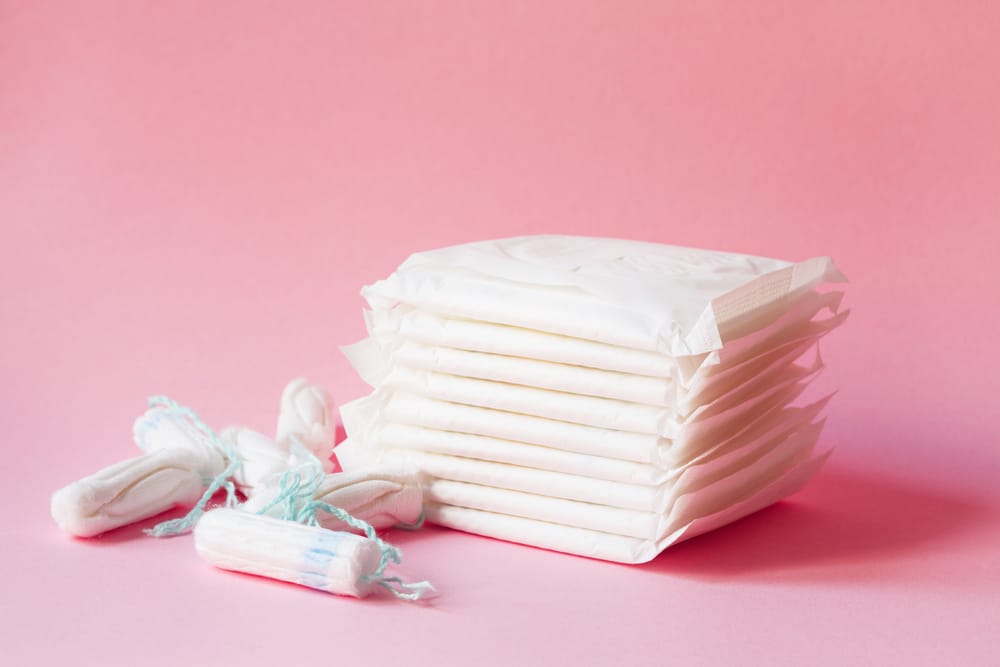
You may be surprised to hear sanitary items are not classed as ‘essential items’, but instead are deemed luxury products. Yes, you read that correctly. Tampons, sanitary towels and other items needed during menstruation are classed as luxuries.
Items that are considered to be essential, by law and in tax terms, include Jaffa Cakes, toffee apples and, wait for it – crocodile meat. This means no tax is to be paid on these ‘essential’ items. They were declared basic household items in the 1970s.
It took until January of 2021 for the 5% tax paid on ‘luxury’ sanitary products – known as the ‘tampon tax’ – to be abolished in the UK. This meant women and girls had to pay 5% VAT on these items. A huge price increase for something people have no choice but to use.
Although this is a big step, the World Bank estimates that 500 million women and girls globally still lack access to adequate facilities for menstrual hygiene management. This is most commonly due to the inability to afford these items due to their high price points. In fact, the gross profit margin on feminine hygiene products can be as high as 70%. This is a staggering statistic.
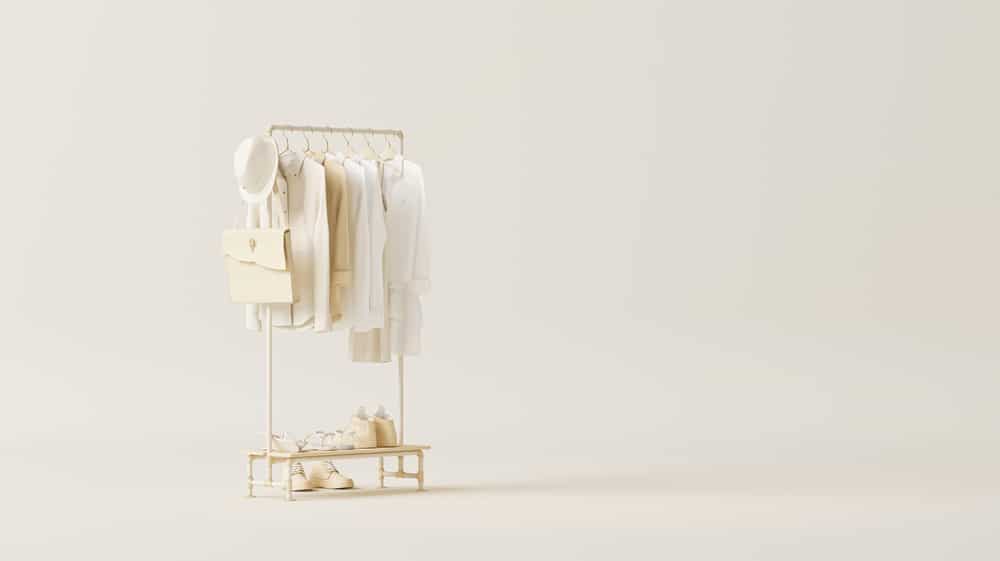
Yes, even essentials such as clothing tend to be listed at higher prices if they are targeted to a female audience. In 2020, The Times found a whopping 46% difference in the price of a pair of Levi’s 501 jeans. The women’s jeans were the same waist and leg length as an alternative pair targeted at men but were almost 1.5 times the price.
In fact, on average, women’s clothing cost nearly 8% more than men’s. Another example of this was found by The Independent in 2020, after finding a woman’s white short-sleeved t-shirt in Topshop cost £12. An identical t-shirt sold in Topman was just £8 – a difference of 50% in price.
Children’s clothes follow the same pattern. It seems this discrimination is in motion from childhood. Online parent community Channel Mum found 71% of parents believe they pay more for girls’ clothes – including on school uniforms. Channel Mum also found that one third of parents say they would boycott stores that use gender-based pricing
School blouses and polo tops are 2.73% more for girls than boys. School trousers for girls are £9.35 a pair, whereas a boy’s identical alternative is £9.23. The same goes for underwear, which is 5.8% more expensive for girls than boys. Although it may be subtle, the difference is clear, and it exists.
But why is this the case? Many argue men and women’s clothing is constructed differently, but the Department of Consumer Affairs (DCA) highlighted that retail prices are set by retailers and not the manufacturers. “Price differences are due to business considerations, and because women are generally willing to pay higher prices for their clothing than men, they often are charged more.”
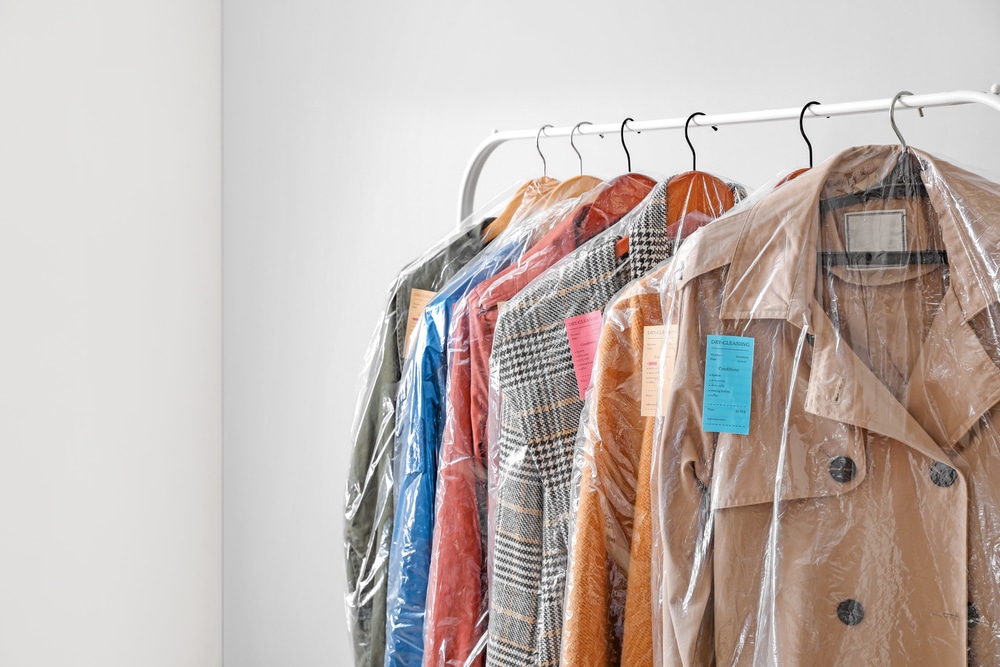
It’s not just the clothing itself that costs more. Dry-cleaning even costs more for women than men on average. Blazers and trousers tend to have similar prices – but the cost of dry-cleaning shirts and blouses does differ.
This is not a new issue, either. A study publishing in the journal Gender Issues in 2011 found the average price to clean a man’s shirt was £1.58. A woman’s shirt needing the same type and length of cleaning, cost on average £3.03. This figure also comes before the added costs applied to some female clothing – for embellishments, pleats and sequins.
The stats resulting from this are shocking. If a man and woman got one shirt dry-cleaned per month for 10 years, on average, it would cost a man approximately £190. A woman would end up paying almost £364. Over a lifetime is when the disparities become even more stark.

Even toys can’t escape the pink tax. In a study conducted by the DCA, 794 items were analysed across 35 product categories. This study found that on average, items such as scooters and bikes cost 4% more than the same products targeted to a male audience.
Similarly, accessories such as bike helmets cost more for girls than boys. A 2019 study, also conducted by the DCA, found that toys such as board games, action figures and toy cars cost a whopping 55% more overall for girls than boys.
The reason? Toys aimed at a boy sell more quickly, and sell in greater numbers. This giving companies a wider margin for price negotiation. However, there is no concrete data or evidence to back up this claim by retailers and manufacturers.
Of course, there are some financial reasons (discussed below), but in terms of evidence-based studies, there is nothing.

Well, there’s honestly no one set answer. The idea that girls like things that are pink, sparkly and ‘pretty’ – while boys like blue things – is ingrained in us from the minute we are born.
It works out well for the industries that produce these items. They play up to these stereotypes and gender expectations in their advertising. More often than not, consumers do end up buying the products designed for a particular gender. Thus, these industries profit from these social constructions of gender norms. They know advertising targeted to a particular audience is more likely to sell a product than untargeted advertising.
It also generates greater revenue as they know differentiating toys with typically male and female colours, characters and purposes increases sales. This is because families with more than one child of different genders, will likely buy different toys for their children as a result.
These gender norms and the resulting advertising, seep into adulthood. A man and a woman who are in a relationship will buy two sets of products – ‘his and hers’, if you will. Even though the products are the same, and the couple may live under the same roof, they buy separate shower gels and shampoos.
Supermarkets utilise this also. Male and female toiletries are often in separate areas of a shop. It only subconsciously separates the genders further in our minds and reinforces the idea of separate male and female products. It also prevents us from noticing any differences in price.

While it costs women significantly more over their lifetime to buy household items, goods and services, and even basic essentials, there are other socio-economic impacts that come into play.
The gender price gap is not only harmful to women’s purses due to them having to shell out more to purchase items, but the gender pay gap only succeeds in exacerbating this.
In 2020, the gender pay gap actually increased from 14.9% to 15.4%. This means, for every £1.48 a woman earns, her male counterparts earn £1.65. This is just the average, however. The median hourly difference in 2021 was £2.68. There are many reasons for these differences, including women being given lower paid roles. Women are also more likely to take on part-time roles or quit their line of work due to childcare responsibilities.
Thus, it negatively impacts women’s finances as they are earning less yet paying more for everyday items. This creates an unequal balance, which trickles into other parts of women’s lives. It makes it harder for women to save for deposits and obtain mortgages, while lower salaries mean borrowing and loans are often restricted.
Ultimately, it hurts female consumers. But what can we do to change this?

We could just tell you to avoid pricey ‘women’s’ products, and buy the male-targeted alternative where possible, but there are many other things you can do to ensure you get the best price.
You don’t have to take to the streets and march to aid in campaigning (although if you do, more power to you!). Fighting against the pink tax in any way you can, does help. In 2016, a petition challenged retailer Boots for their sexist pricing. It received almost 45,000 signatures and forced Boots to review its prices. They actually changed the prices of some of their own brand products in light of this.
Use price comparison websites before you shop to see where has the more affordable items. Compare the prices of items aimed at men and women, and if the only difference is the colour of the item, such as with razors, then get the male version. They work just as well and you skip out on the pink tax.
The same goes for shower gels, shampoos and conditioners. They may look a little different, smell a little different and be marketed differently, but ultimately, they do the same thing and have the same ingredients. Give the ‘male’ version a go.
As mentioned, often the only different is colour or fragrance. Keep an open mind when it comes to fragrance. You may find you enjoy ‘male’ scents just as much, or you may not be able to tell much difference.
Check the back of the bottle, specifically the active ingredients. If the active ingredient is Vitamin C, for example, check and see if there’s a cheaper alternative in the men’s section. The ingredients are likely to be the same, despite the differing cost.
As with the Boots petition mentioned above, consumer pressure can work. Social media platforms have pros and cons to them, but they can be a hugely impactful tool for change. Write to brands, tag them in posts, send them a tweet. You may feel like a small fish in a big pond – but if every fish in the pond is doing the same, they can’t ignore you! Together, we can fight the pink tax.
Opting for generic, own brand options is often better than a big fancy brand. Larger companies put more money into their pink tax marketing, trying desperately to persuade you to buy that body wash that costs more than the male alternative. Buying in bulk can also save you pennies.
You’ll never know unless you try. When it comes to services that cost more for women than men – haircuts, vehicle repairs, receiving a monetary loan – try to negotiate. A third of women who negotiate get the outcome they want. This is compared to just a quarter of men.
